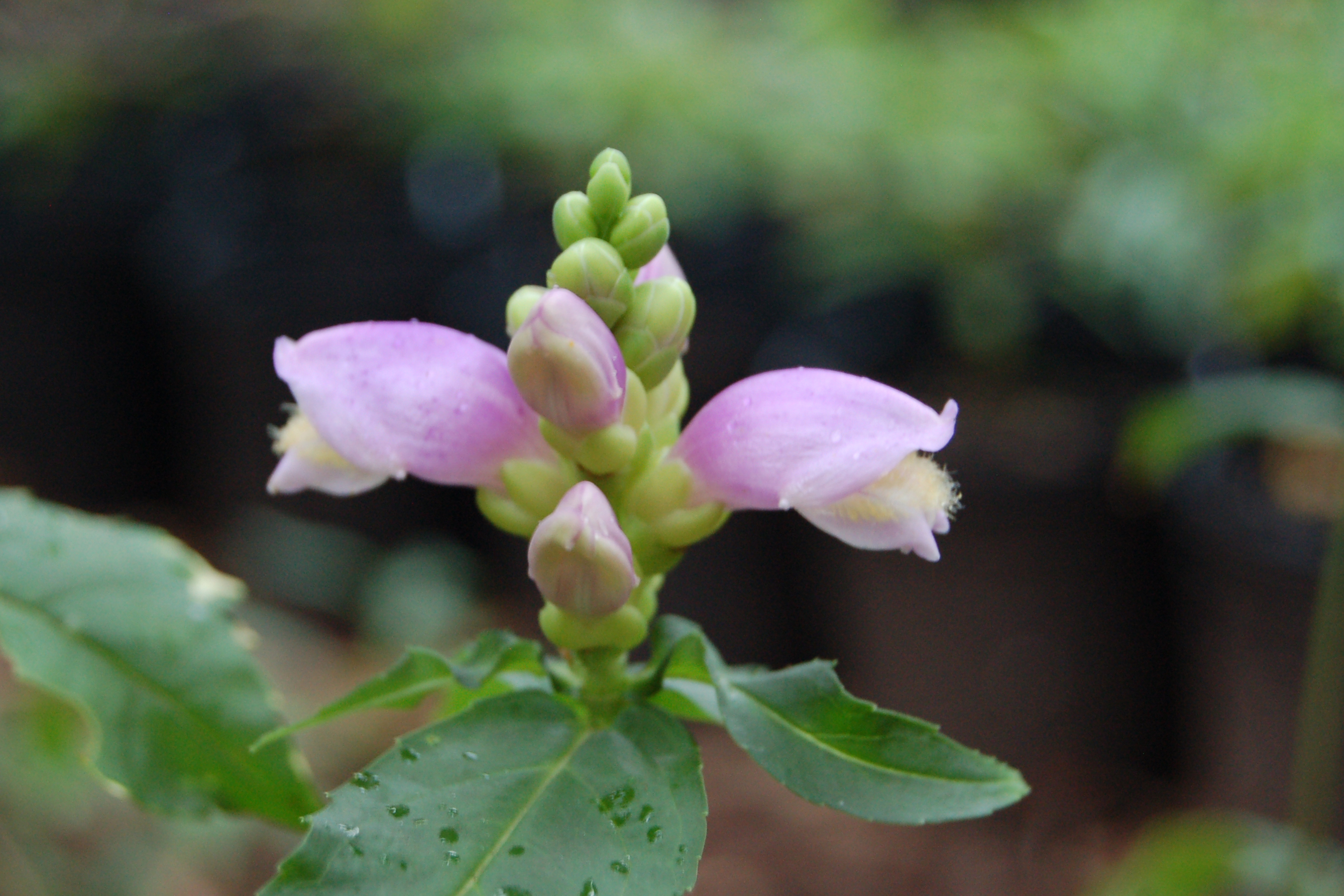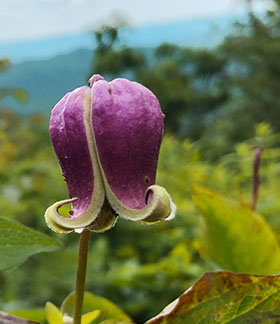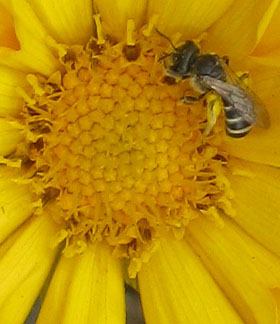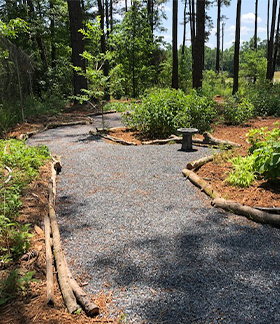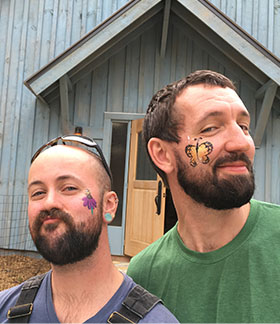About Native Plants
What is a Native Plant?
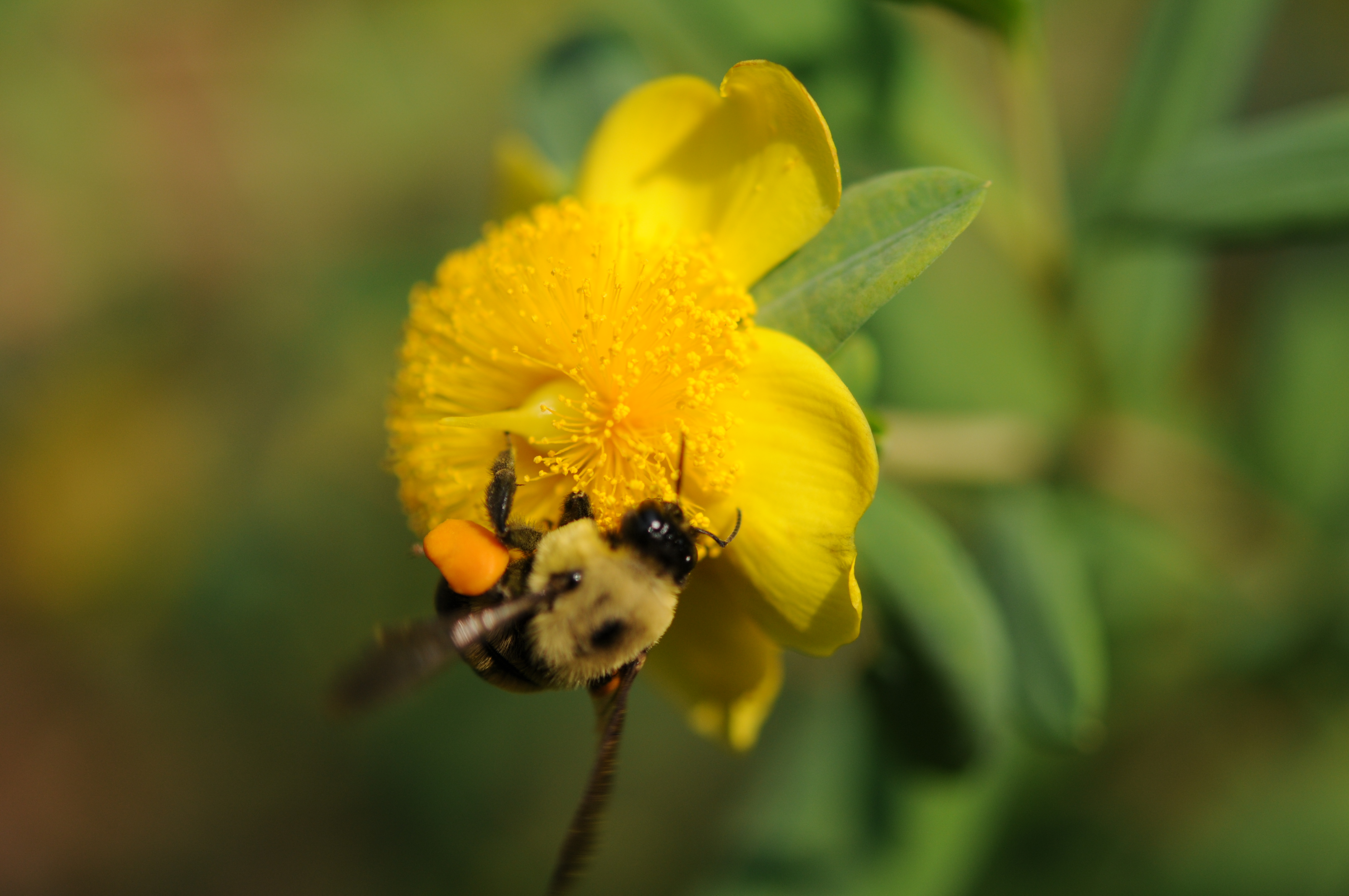
Native Plants:
- Are Indigenous to a given geographic area.
- Have adapted to the area’s climate and soils.
- Have co-evolved with the native wildlife over millions of years.
The ecological relationships plants have in their native setting help them to survive and thrive. The interactions of animals, soil chemistry, sunlight intensity, precipitation patterns, and fire regimes shape the survival strategies of plants. Over time, these factors cause plants to adapt to and depend on their local conditions to grow and reproduce.
The right plant in the right place:
When gardeners put a native plant in a situation that is similar to the ecosystem the plant has adapted to over eons, their plants will thrive. Got a dry area with sun and bad soil? Choose a xeric plant. Got a shady area with lots of moisture? Choose a woodland species that wants mesic conditions. Got something in between? There are oodles of plants for those conditions as well. All of these evolved qualities make native plants the most resource efficient and rewarding choices for greenspaces, farms, or gardens. There is a native plant for every type of condition gardeners can offer.
Top Ten Native Plants for a Diverse and Beautiful Yard
Posted on February 9, 2016 by Jeff
This article originally appeared in the Wylde Center Fall 2015 Newsletter.
A short list cannot begin to describe the immense diversity and variation in the plant species and communities that evolved in Georgia. This list is just an attempt to get you to think about a few things:
- The plants that are in your yard and garden.
- Where they came from.
- What purpose(s) they serve.
Landscaping can be beautiful AND provide food and shelter for wildlife. In selecting these plants my criteria included:
- Native to Georgia.
- Number of caterpillar species hosted.
- Production of fruits/nuts for birds (and humans.)
- Abundant flowers for pollinators (and humans.)
- Cover/shelter for birds.
The number of caterpillar species hosted is doubly important. Some lucky caterpillars get to grow up to be butterflies and moths that help pollinate flowers. However, the vast majority of them are destined to be eaten by birds and other animals. more here
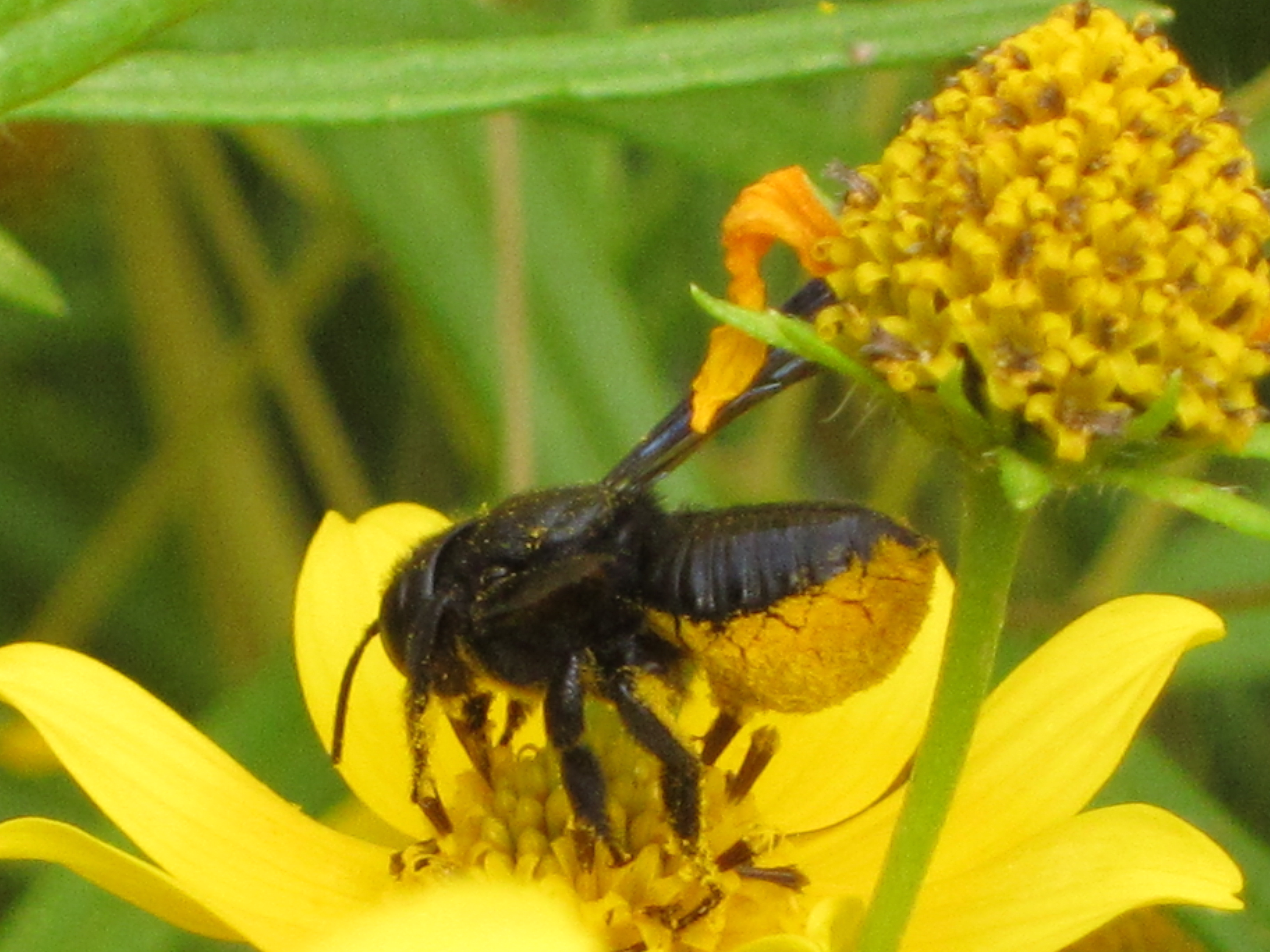

Your Back Yard Birds and Habitat Gardens
Posted on June 8, 2016 by Pandra
If you are a birder, you probably already know that Eastern songbird populations have declined dramatically since World War II. More information here.
Why do I need to provide habitat? Where has habitat gone? Landscape shrubbery is sparse, and often non-native. These foreign shrubs may not have seeds, berries or be arranged in a way that offers shelter for birds and other wildlife. In addition, lawns are monocultures that provide very little support in terms of food choices beyond worms and grubs, and offer no shelter. Small streams are often “piped,” or channeled to underground pipes in modern commercial and residential developments, often leaving no water resources for wildlife.
The GOOD news is that, yard by yard, it is possible to provide many things that migratory and resident bird populations need to live and raise young, such as:
- Birds need water sources to replace the piped streams.
- Birds need safe and secure nesting sites to rear their young.
- Birds need cover to hide from predators such as cats and hawks.
- Birds need a steady, year-round supply of food for themselves and their young.
Native Plants for Native Pollinators
Caterpillars Are Eating My Plants…..and I’m OK With That.
As Summer is upon us, and with a wet spring for encouragement, all of our plants are making verdant new growth. I add fertilizer to the equation to coax even larger, more luscious foliage and flowers from them. This is a common practice in most forms of agriculture and gardening, so most people should have learned by now that all that new growth is a nutrient-dense, tender, food source. As such, we shouldn’t be surprised when insects show up to fill their bellies and feed their offspring.
Some insects can be devastating to plants:
- Devouring the foliage.
- Spreading fungal or bacterial diseases.
- Eating the roots.
- Eating the seed pods before they can develop (something we especially despise here at BHF.)
Milkweed Bugs, Leafcutters, Grasshoppers, Lacewings, and Mealybugs all have challenged my patience and devotion to organic practices on more than one occasion. As much as the previous insects fill me with consternation however, there is one group of leaf munching insects that I greet with amusement and curiosity: Caterpillars. more here
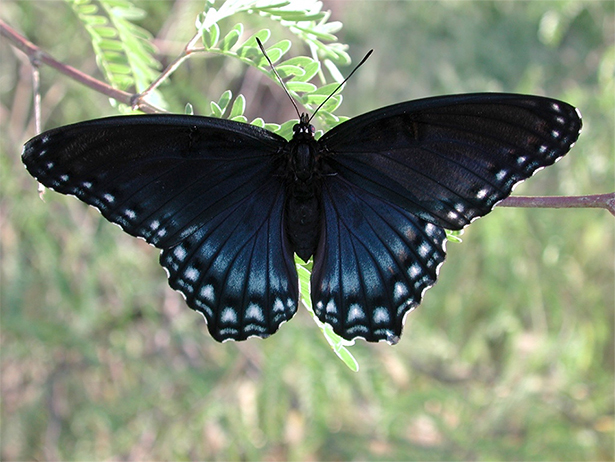
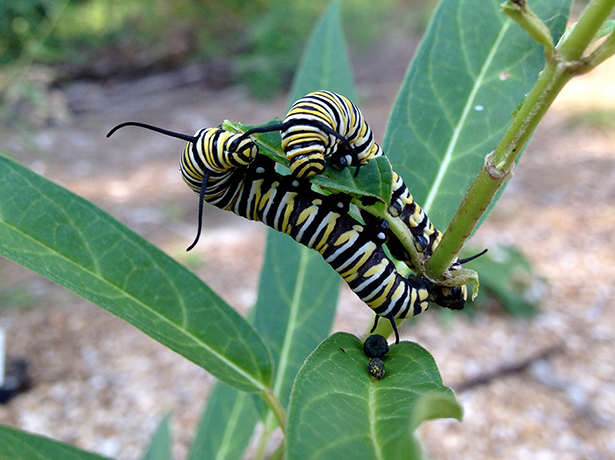
More articles and information here:
Caterpillars and Butterflies:
- Hosting the American Ladies
- The Life and Times of the Spicebush Swallowtail
- Milkweeds Sacrifice, Monarchs Take Flight
- Best Butterfly Bargain Ever!
Supporting Wildlife, Creating Habitat for Birds
Native Plants by Attributes
